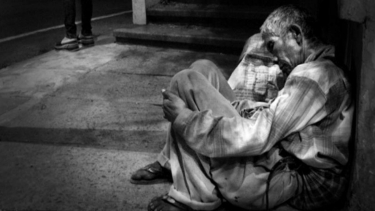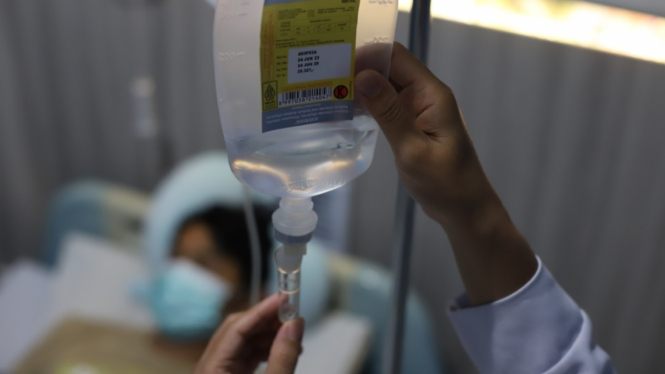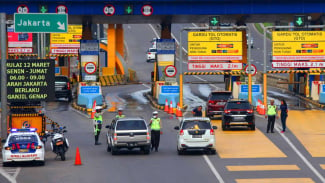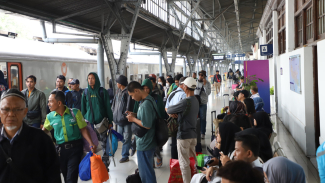- istimewa
VIVA – The Minister of Finance, Sri Mulyani Indrawati stated the tightening of global monetary policy has created a threat to economic recovery. Monetary tightening policy in suppressing inflation around the world has threatened poorness and living standards of people.
In this case, debt pressure is felt not only by middle-income countries but also by developed countries.
"Remember the extraordinary actions we have taken to share the economy. We have all exacerbated global and social inflation; all of these risks have exacerbated global inflation and also threaten social stability." Sri Mulyani said at the fourth meeting of the Minister of Finance and Central Bank Governors (FMCBG) on Thursday, October 13, 2022.
"We can predict that the global situation will remain difficult in 2022 and may extend to 2023," Sri Mulyani added.
The World Bank through its report set the extreme poverty line to be US$2.15 per capita each day or Rp32,812 per capita each day (assuming an exchange rate of Rp15,261 per US dollar). Previously, the extreme poverty line was at the level of US$1.90 per capita for each day.
There is a new World Bank provision regarding the calculation of purchasing power parity (PPP) or spending ability starting in the autumn of 2022 (22 or 23 September to 21 or 22 December). Purchasing power parity equalizes the prices of a group of identical goods in different locations.
Ilustrasi kemiskinan.
- kamipastipeduli.com
With the PPP concept, the World Bank can adjust the Gross Domestic Product (GDP) which is different in each country.
The World Bank also raised the limit for the lower middle-income class. The lower-middle income class limit was raised from US$3.20 to US$3.65 per person per day. Meanwhile, the upper-middle income class was raised from US$ 5.50 to US$ 6.85 per person per day.
Consequently, with this new calculation, as many as 33 million lower-middle-class people in Asia have fallen into poverty.
Indonesia and China are the countries with the most declines in the middle class. It is recorded that there is 13 million lower middle class in Indonesia that have fallen to the level of being poor. Meanwhile, in China, as many as 18 million people from the lower middle class fell into poverty.
As for the upper-middle-class people in Indonesia who are downgraded to reach 27 million people. Meanwhile, the upper-middle-class people who fell class reached 115 million people in China. Overall, there are 174 million upper-middle-class people in Asia down class.
























